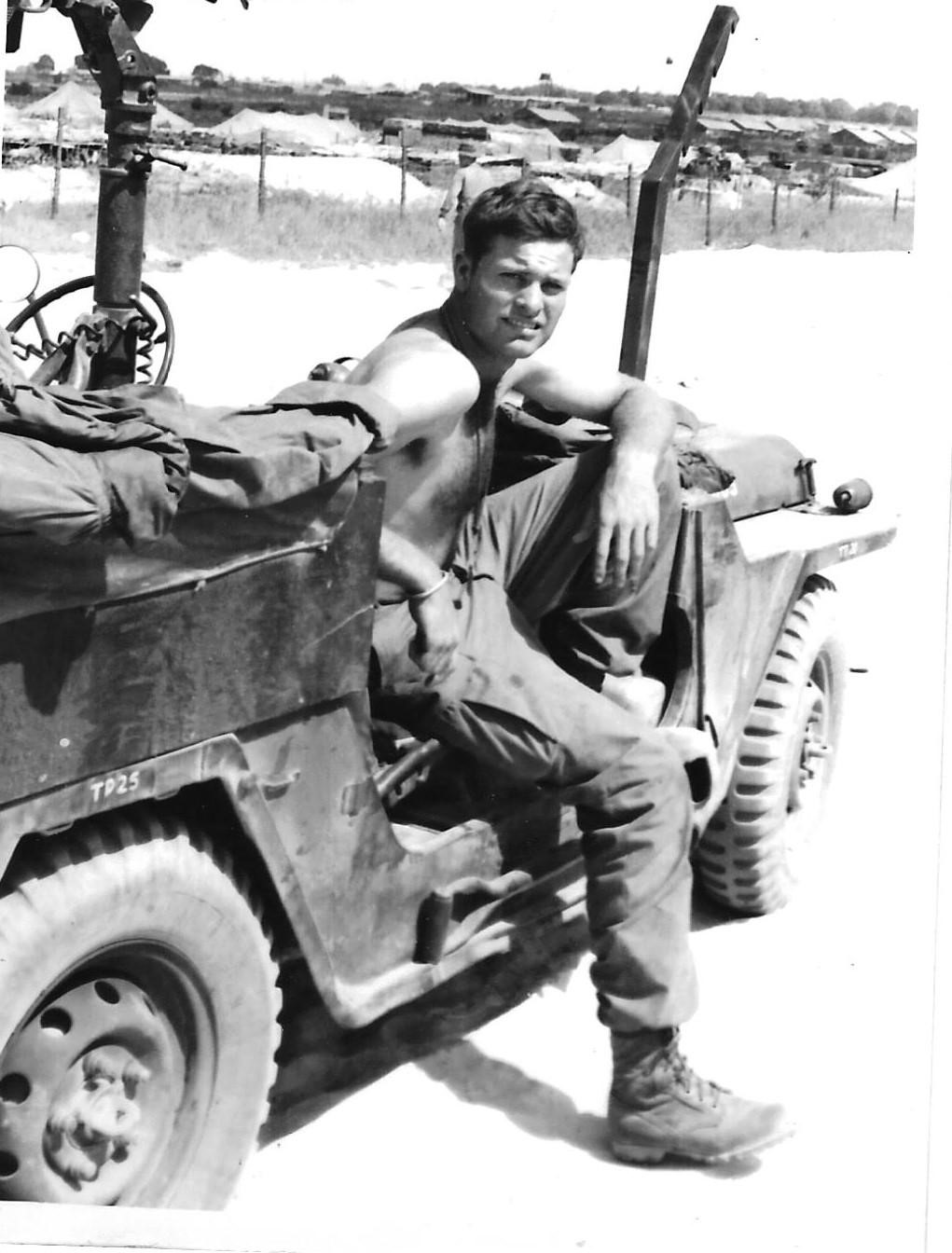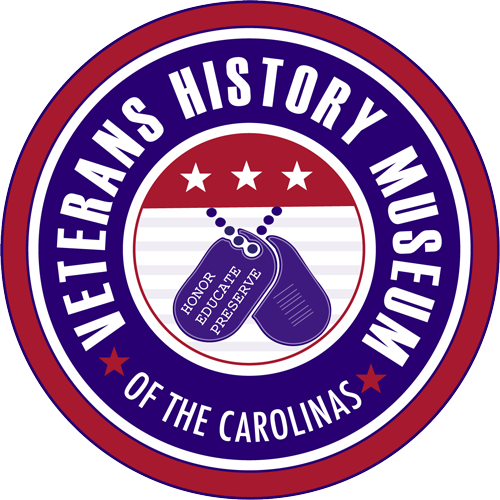One Fires, We All Fire
Part 1
by John Hallimore
Veteran’s Creative Writing Workshop,
5th meeting February 24th, 2016
Having grown up during the 50s and 60s, I enjoyed watching TV westerns. I had a pretty good idea of what the typical cowboy ambush involved. There is a trail or pathway through a ravine or canyon that the “good guys” must travel through to get to their desired destination. The area surrounding the trail, typically on higher ground, has plenty of cover (trees and large rocks) which the “bad guys” or “Indians” hide behind.
As the good guys or the stagecoach travels into the canyon, all hell breaks loose and the shooting begins. Somehow, the good guys desperately fight off the bad guys while actors such as John Wayne heroically survive to guide yet another wagon train or the cavalry again across the Wild West in next week’s episode.
Jeeps with Machine Guns
As a young soldier, I didn’t consider or contemplate the “strategy” of war. Life was plenty full each day with regular assigned duties. With our Jeeps, we would regularly escort truck convoys carrying JP-4 fuel to other airbases throughout the Vietnam Delta. The Jeeps had mounted machine guns or recoilless 102 guns that are similar to artillery. The bumpy, hot and dusty convoys were physically easier than most of our missions on foot though the rice paddies and jungle.

Search & Destroy
There were daytime “search and destroy” missions when we hunted for the enemy and their camp locations in the jungle. Occasionally we would make contact (with the enemy), but generally we didn’t find much. Sometimes we would get shot at, never seeing who was shooting. When we finally entered the suspected VC (Viet Cong) camp, they were gone.
Every so often, we would go on my favorite “bunker busting” missions using C-4 explosives to blow apart camouflaged mud fortified shelters that were randomly scattered throughout the dense jungle. I enjoyed experimenting with the powerful C-4. A bunker’s purpose was to provide cover for the VC during the raining down of overwhelming firepower by our battle superior helicopter gunships (the Cobras).
From Defensive to Offensive
Looking back on my tour of duty, I realize that our initial combat activities were more defensive in nature. We “waited” for the enemy to make the dangerous, but stupid move. Time was divided between various daily missions as noted above and once every three nights we would provide night-time guard duty (observation and security) on the small Army base perimeter. When a new CO (commanding officer) rotated from the states to our company, we changed to a more engaging offensive force. This tactical change was not welcomed by most of the soldiers accustomed to the more passive defensive routine.
The rumor was that this long-term captain needed some medals to be promoted. Without promotion, the lifer’s future in the military was in jeopardy. Increased body count meant a better chance for the CO to be promoted. So our infantry company became much more aggressive; not only seeking more enemy contact during daytime missions, but now each platoon would perform nighttime ambush duties every fourth night. The platoons would send out three of their squads to different locations in the jungle on their ambush night.
Times Had Changed
Times had changed. The “good guys” (U.S. Army) were now sitting and waiting to ambush the ” bad guys” (the VC).
Our Army airbase was part of IV Corp., the most southern portion of the country which is the Vietnam Delta. It is a very flat green area covered in flooded rice paddies with picturesque tree lines, canals, waterways, and dense canopied jungle creating an intriguing outdoor labyrinth of beauty. Our small airbase was adjacent to a city/village named Vinh Long.
The local Vietnamese population mostly lived in or close to the village. The jungle seemed to have few non-combat inhabitants. However, the abandoned hooches and some more elaborate structures alongside defined but overgrown farming fields provided signs of prewar dwelling in the rural countryside. The war’s incorporation of “free fire zones” and “night time curfews” allowed the U.S. combat soldier to identify what otherwise might be an unidentifiable VC combatant in those areas. The civilian population knew better than to place their lives at risk by being somewhere they shouldn’t be.
Ambush
As a young infantry sergeant and squad leader, I didn’t think or care about the big picture. The day-to-day existence now included going out on ambush every fourth night. Someone higher up the chain of command would assign the approximate locations where the ambush should take place. At dusk, we would leave the base or an assembly point as stealthily as possible; heading on foot in an attempt to find the suitable ambush location and site. We would typically set up on a tree-lined dike adjacent to a canal and wait for the enemy to unsuspectingly come floating down the canal in the middle of the night.
The Vietnamese Delta culture and commerce depended upon the tides of the canals to drive their canoe like “sampans” throughout the smaller waterways. Don’t waste energy paddling against the tide. Time and direction of travel depended upon the direction and time of the tides. Not much concern for the U.S. combat grunt; we only observed which way the water was flowing. Some of the sampans had gas motors, but understandably not those traveling at night or in the free-fire zones. The scene is always quiet; the VC soldiers’ lives depended upon not being detected.
In the dark of night, the tree-lined bank on the waterway’s edge would provide our needed ambush cover so that the VC would not spot us first. They would float down the canal in their sampans generally in single file and there could be one, two, three or more of the small flat bottomed vessels. The night was so quiet; you wouldn’t hear a sound when they came into sight.
When the String was Yanked
The darkness of the night could make it difficult to see them or know how many were in line. We used the predecessor of night vision goggles, a single “starlight scope” which one soldier would be responsible for and would use to spot the oncoming night enemy. My infantry squad of 8 or so men would be stacked fairly close together on the dike, 4 to 10 feet apart, facing the open canal. A string would be tied from one man to the next. When the string was yanked by the guy with the scope, we knew someone was coming.

